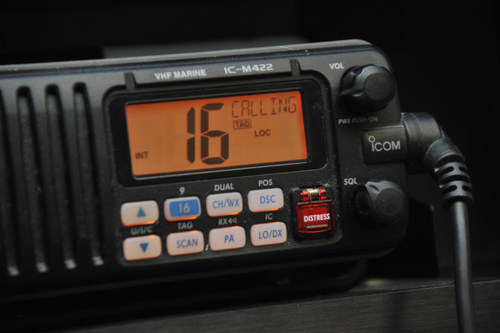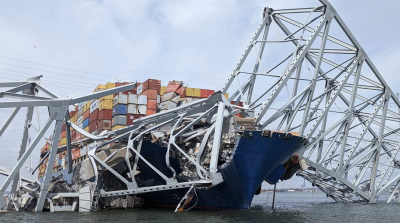Once entrenched in analog radio traditions, maritime communications are now on the brink of digital transformation. Significant advancements have accelerated the digital shift as commercial marine companies fight to stay competitive.
The need for more robust communications technologies are primarily being driven by the big data requirements of smart ships such as unmanned boats, remote-controlled tugs, oceanographic exploration, research and training vessels. In recent years, technologies that connect ships to shore to convey real-time data have advanced significantly. Next generation solutions are being developed to handle large volumes of information for intelligence-gathering, live video streaming, etc., as well as the internet-of-things (IoT) to support sensors for real-time cargo tracking, predictive maintenance, routing optimization, vessel performance, digital fleet management, and the like.
Emerging marine-specific software applications have also helped spur the digital transformation. Team communications apps like Slack and Zello are just two of many on the market today. With the advent of push-to-talk over cellular (PoC), captains and crews can now tap powerful networks using walkie-talkie apps that live on smartphones or other mobile devices, and leverage specialized PTT wireless accessories to access them hands-free.
Connectivity is the key to the success of this transformation. Unlike the fast and reliable wireless data services on land, maritime has inherent limitations, including low throughput of legacy analog VHF radio systems, regulatory compliance concerns, and the IMO’s 2021 cybersecurity mandates. Implementing new network-centric communications systems also faces challenges caused by lack of infrastructure, interoperability, spectrum, interference, and the diverse ocean environment.
Nonetheless, progress is being made. The escalating demand for maritime digital services has prompted many industry collaborations to improve connectivity, deliver high-speed data rates and extended coverage. Wireless service providers are expanding infrastructure for cellular, voice, data, text, Wi-Fi and IoT at sea. Recently deployed commercial maritime broadband services, along with existing equipment upgrades, are providing voice services and internet connectivity for IoT, crew welfare, and critical communications. Maritime wireless mesh networks (MWMNs) are also on the near horizon, while artificial intelligence (AI) based predictive positioning system trials have demonstrated excellent potential for vastly improved situational awareness.
In the interim, while the maritime world “turns the tide” toward digital, an integrated mix of communications technologies like high frequency (HF), VHF, satellite and cellular will continue to coexist. Meanwhile, more and more benefits of wireless communications are surfacing every day, from immediate access to information and more efficient operations, to better vessel performance, cost savings, and higher levels of safety.
The digital shift is real. Transformative mobility technologies present very real opportunities for all stakeholders in the commercial marine world.
Dave George, chief technologist and president of Pryme Radio, holds 29 patents and is the inventor of multiple award winning products.





